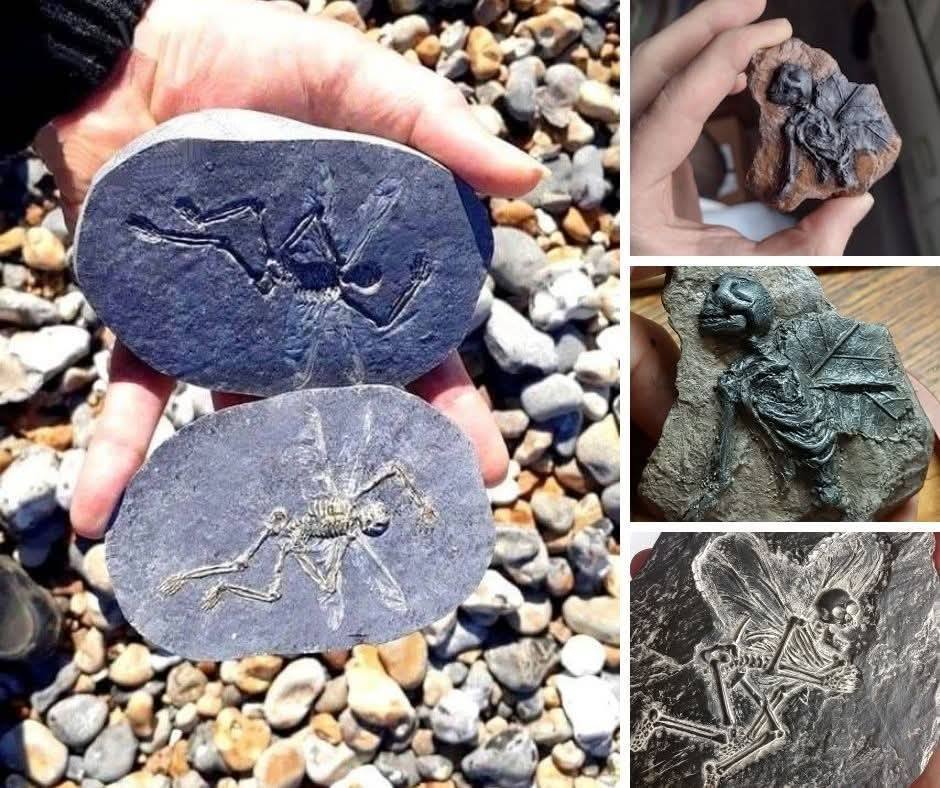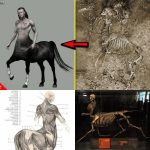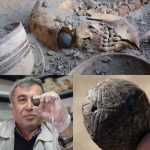The Sussex Fairy Stone: Myth or Marvel?

In 2015, the shores of Sussex played host to one of the most curious and enchanting discoveries in recent memory. A peculiar stone washed ashore, and within its hardened shell appeared what looked like the delicate skeleton of a fairy—wings pressed against the rock as though caught between two worlds. This “Sussex Fairy Stone” immediately ignited debate, fascination, and controversy, captivating both folklorists and skeptics. Was it a marvel of geology, an ancient fossil misinterpreted, or a cleverly crafted hoax? Whatever the truth, the stone continues to blur the line between fact and legend.

A Discovery Rooted in Folklore
Sussex, with its wooded landscapes and rich tradition of folklore, has long been associated with tales of fairies, woodland spirits, and magical beings. The discovery of a fairy-like skeleton within a stone seemed almost destined to become part of local lore. Residents quickly embraced the find, weaving it into the county’s tapestry of myths that stretch back centuries. For many, the stone was not simply an object but a symbol—a tangible reminder of humanity’s enduring belief in the unseen.
The fairy’s fragile frame, encased in rock, created a scene so uncanny that it seemed to validate the legends. Images of the stone spread widely, turning the Sussex Fairy Stone into a cultural phenomenon and sparking discussions well beyond the local community.
Science Offers Explanations
Not everyone, however, accepted the stone as evidence of the supernatural. Scientists and geologists were quick to propose more earthly explanations. Some suggested that the “fairy” could be the fossilized remains of small sea creatures, preserved in mineral deposits that coincidentally formed into a wing-like shape. Others argued the possibility of a geological quirk—natural fractures and mineral growth that mimicked the outline of a tiny humanoid figure.
There was also speculation about intentional fabrication. Could the stone have been an elaborate hoax, designed to play into Sussex’s folklore and capture the public’s imagination? While no conclusive evidence emerged to support this claim, the possibility has kept skeptics firmly grounded.

The Allure of Mystery
What makes the Sussex Fairy Stone so compelling is not whether it is “real” in the literal sense but how it reflects humanity’s hunger for wonder. Myths and legends often begin with objects or events that defy immediate explanation, and this stone fits perfectly into that tradition. It demonstrates how quickly folklore adapts and evolves, blending new discoveries into ancient cultural narratives.
Even if the stone has a purely geological explanation, its impact on collective imagination is undeniable. It bridges the gap between science and myth, reminding us that mystery itself holds power.
Conclusion
The Sussex Fairy Stone may never yield a definitive answer, but perhaps that is its true significance. Whether myth, marvel, or mistake, it continues to inspire fascination, curiosity, and storytelling. In doing so, it underscores a timeless truth: legend often begins where science ends, and in that space between fact and wonder, imagination thrives.










